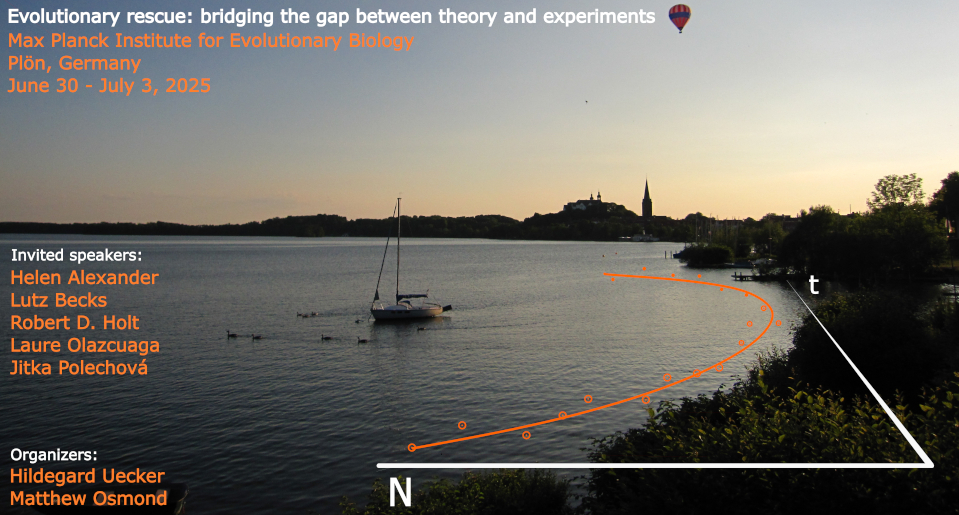Speaker
Description
The Luria Delbrück experiment has 80 years of history and is arguably the most widely used method of analyzing evolutionary rescue (ER) in microbes. It consists in growing replicate, initially clonal, populations in permissive conditions then abruptly switching each replicate onto a petri dish containing selective lethal conditions (eg antibiotics or lytic phages). Finally, the number of growing colonies on each dish (evolutionary rescues) is counted and analyzed using the so-called Luria Delbrück distribution. The model behind this analysis is de facto assuming that only mutations preexiting the switch to stress are causal of visible colonies, so it is a purely standing variance ER model. It also typically assumes a single mutant type, while it is well known and observed that ER can mobilize a diversity of genetic bases, especially at low lethal doses. Here I will present preliminary work on a possible modification of the protocol to estimate both de novo and standing contributions, and to allow for a distribution of type demographic traits. I will do so in the context of a Feller diffusion approximation, which, to my knowledge, has not been used in the context of the Luria Delbrück theory or data analysis. This approximation provides relatively handy simplifications for a diversity of bacterial demographies. Any preliminary result on the statistical properties of estimators will be dealt with only if time allows.

